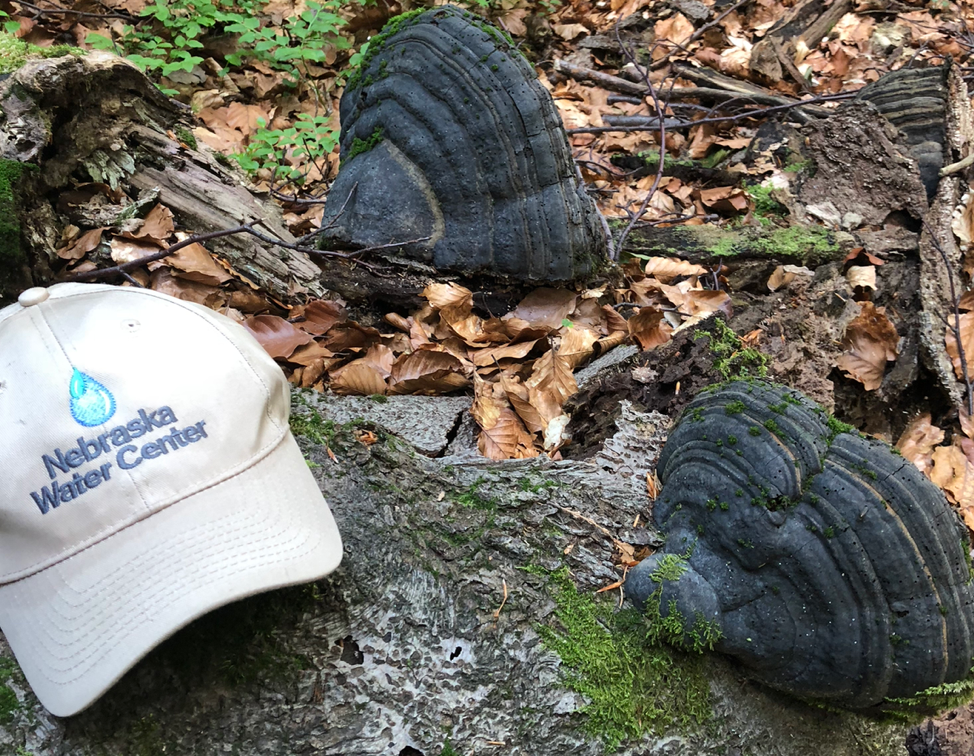By Jordan Shields
This week started with some hands on experience with groundwater modeling. We were given some lectures on Hydrus 1D and 2D by Dr. David Zumr. After getting through the basics, we started out modeling a simple 1D vertical transport to look at the different parameters. Once we mastered this, we moved on to a simplified 2D example with on type of soil in the profile. We slowly added different factors as we got more comfortable with the program. They included evapotranspiration (plant cover), a subsurface drainage pipe, an impermeable bedrock, solute, particles to follow, multiple soil types, and changes in the initial saturation. This allowed us to look at results such as the water pressure, content, and velocity as well the solute transport and resulting concentrations.

The images show our example plot with two soil types, bedrock, a drainage pipe, and water flow. Above shows the water content. Below shows the water velocity as it is transported.

On Wednesday, we travelled to our first field site in the Uhlirska catchment in the Jizera Mountains near Liberec. The hotel we stayed at was a converted hunting lodge from the 17thcentur. It is surrounded by beautiful protected forests. We were accompanied by colleagues from Kazakhstan and France (Medet and Victouire, respectively). Dr. Martin Sanda took us around the forest the first day to evacuate the wells and prep the suction lysimeters. On the second day, we revisited the sites to collect groundwater from the wells, some stream water, and soil water, all for isotopes. We were also able to see some wetlands and the Czech Republic – Poland border. Dr. Sanda also gave us a lot of history of the area as well as pointing out different types of natural vegetation and fungi.




